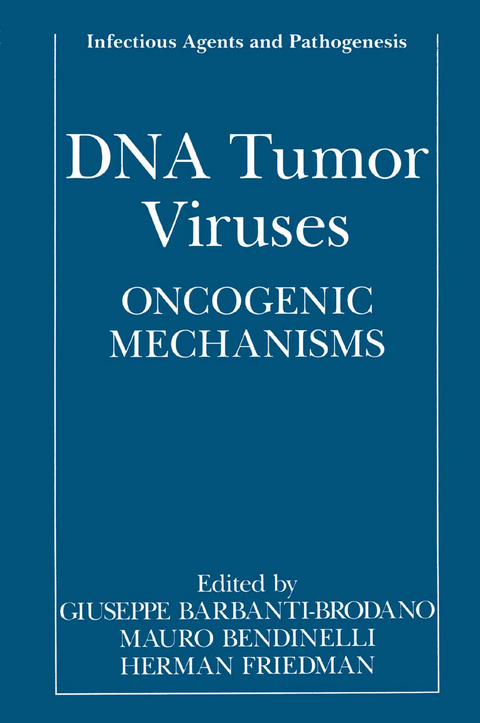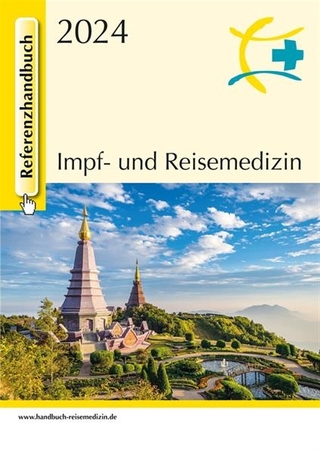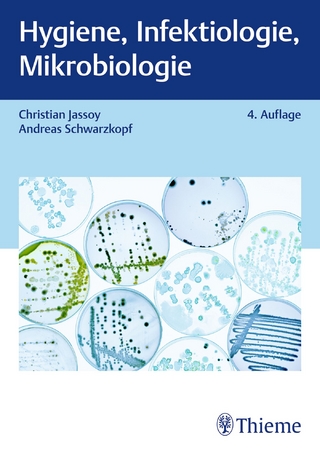
DNA Tumor Viruses
Springer-Verlag New York Inc.
978-1-4899-1102-5 (ISBN)
1. The Hamster Polyomavirus.- 2. Simian Virus 40 Large T Antigen Induces Chromosome Damage That Precedes and Coincides with Complete Neoplastic Transformation.- 3. Transformation by Polyomaviruses: Role of Tumor Suppressor Proteins.- 4. Association of BK and JC Human Polyomaviruses and SV40 with Human Tumors.- 5. Association of Simian Virus 40 with Rodent and Human Mesotheliomas.- 6. Immortalization of Keratinocytes by Human Papillomaviruses.- 7. Cooperation between Bovine Papillomaviruses and Dietary Carcinogens in Cancers of Cattle.- 8. Papillomaviruses as Promoting Agents in Human Epithelial Tumors.- 9. Vaccines against Human Papillomaviruses and Associated Tumors.- 10. The Complex Role of Hepatitis B Virus in Human Hepatocarcinogenesis.- 11. Transformation and Tumorigenesis Mediated by the Adenovirus E1A and E1B Oncogenes.- 12. Current Developments in the Molecular Biology of Marek’s Disease Virus.- 13. Oncogenic Transformation of T Cells by Herpesvirus saimiri.- 14. Transformation and Mutagenic Effects Induced by Herpes Simplex Virus Types 1 and 2.- 15. Herpes Simplex Virus as a Cooperating Agent in Human Genital Carcinogenesis.- 16. Human Cytomegalovirus: Aspects of Viral Morphogenesis and of Processing and Transport of Viral Glycoproteins.- 17. Association of Human Herpesvirus 6 with Human Tumors.- 18. Molecular Mechanisms of Transformation by Epstein-Barr Virus.- 19. Epstein-Barr Virus: Mechanisms of Oncogenesis.- 20. Association of Epstein-Barr Virus with Hodgkin’s Disease.- 21. The Development of Epstein-Barr Virus Vaccines.
| Reihe/Serie | Infectious Agents and Pathogenesis |
|---|---|
| Zusatzinfo | XXIV, 428 p. |
| Verlagsort | New York |
| Sprache | englisch |
| Maße | 152 x 229 mm |
| Themenwelt | Medizin / Pharmazie ► Medizinische Fachgebiete ► Mikrobiologie / Infektologie / Reisemedizin |
| Medizin / Pharmazie ► Medizinische Fachgebiete ► Onkologie | |
| Naturwissenschaften ► Biologie ► Botanik | |
| Naturwissenschaften ► Biologie ► Ökologie / Naturschutz | |
| Naturwissenschaften ► Biologie ► Zoologie | |
| ISBN-10 | 1-4899-1102-2 / 1489911022 |
| ISBN-13 | 978-1-4899-1102-5 / 9781489911025 |
| Zustand | Neuware |
| Haben Sie eine Frage zum Produkt? |
aus dem Bereich


